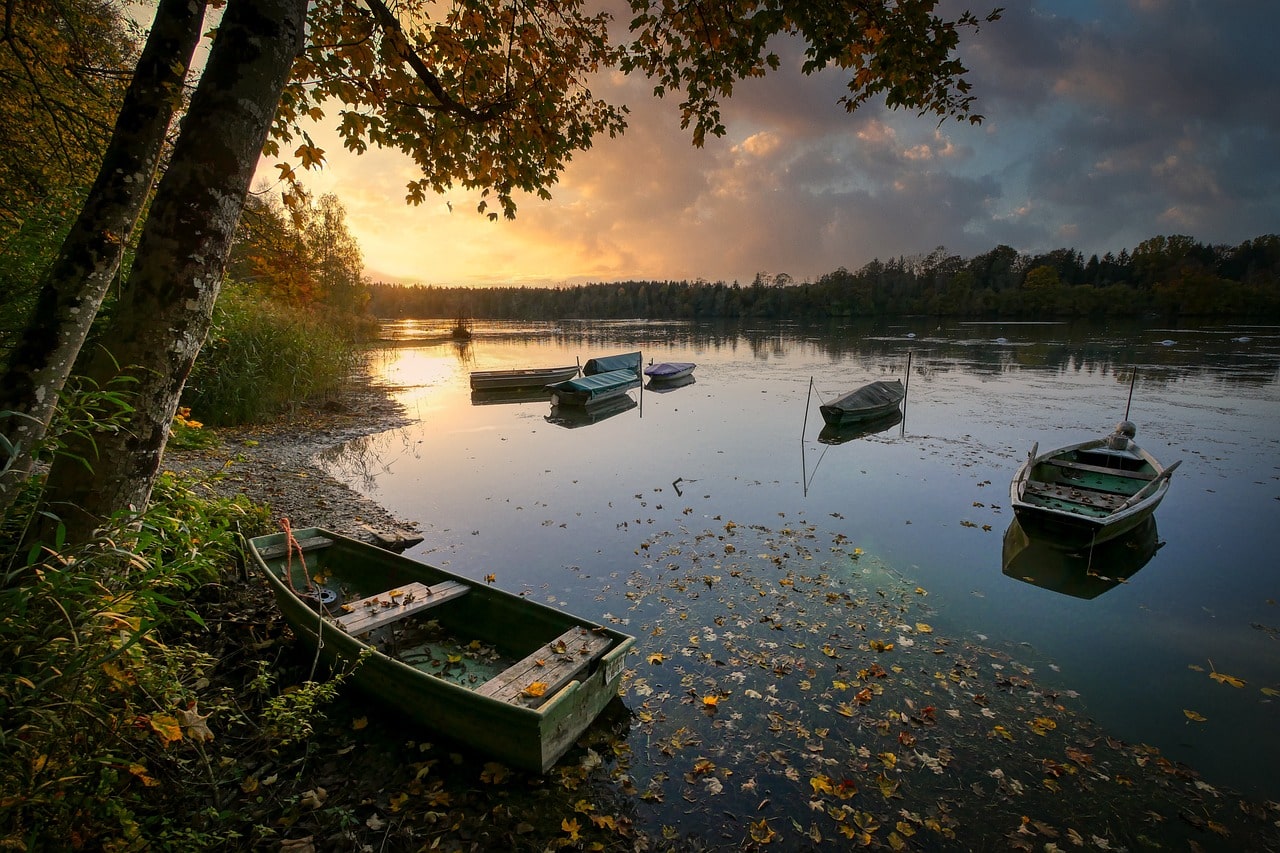Lake Mweru (Mwelu or Mwero) is a freshwater lake between Zambia and the Democratic Republic of the Congo. It covers 110 kilometers (68 miles) of the Congo River’s length and lies between its Luapula River (upstream) and Luvua River (downstream) segments. The name “Mweru” means “lake” in several Bantu languages.
Physical Geography
Mweru receives its main inflows from the Luapula River, which enters through extensive south swamps, and the Kalungwishi River from the east. At the north end, it is drained by the Luvua River, which flows northwest to join the Lualaba River, eventually leading to the Congo. The lake spans an average length of 118 kilometers (73 miles) and a width of 45 kilometers (28 miles), with an elevation of 917 meters (3,009 feet). The lake’s deepest points are located in the northeastern section, reaching up to 27 meters (89 feet).
Mweru is situated in a rift valley formed by the East African Rift. The western shore exhibits steep escarpments typical of such geological formations, while the eastern shore has a less pronounced escarpment. A smaller marshy lake, Mweru Wantipa, lies about 50 kilometers (31 miles) to the east and can overflow into Mweru during high floods.
Human Geography
The lake’s shores are dotted with fishing villages and small towns such as Nchelenge, Kashikishi, and Chiengi in Zambia and Kilwa, Lukonzolwa, and Pweto in the Democratic Republic of the Congo. The area has historical significance due to its role in trade routes during the Arab and Swahili trade periods and later European exploration and colonial activities.
Historical Development
The lake was a central part of trade routes for Arab and Swahili traders, who used Kilwa Island as a base. In the 19th century, it became a focus for European explorers such as David Livingstone. The surrounding regions were subject to colonial influence, with the western shore falling under Belgian control and the eastern shore under British control.
Modern Development
Lake Mweru is an important fishery today, though overfishing has impacted fish populations. Commercial fishing began in the early 20th century and has since evolved to include modern techniques. The surrounding area also has tourism potential, but it needs to be developed due to historical and political factors.
Tourism and Transport
Despite its natural beauty, Lake Mweru remains relatively undeveloped for tourism. The region has potential, with historical and natural attractions such as Lusenga Plain National Park and the Kundelungu National Park. Water transport is common, especially for local travel and fishing activities.

